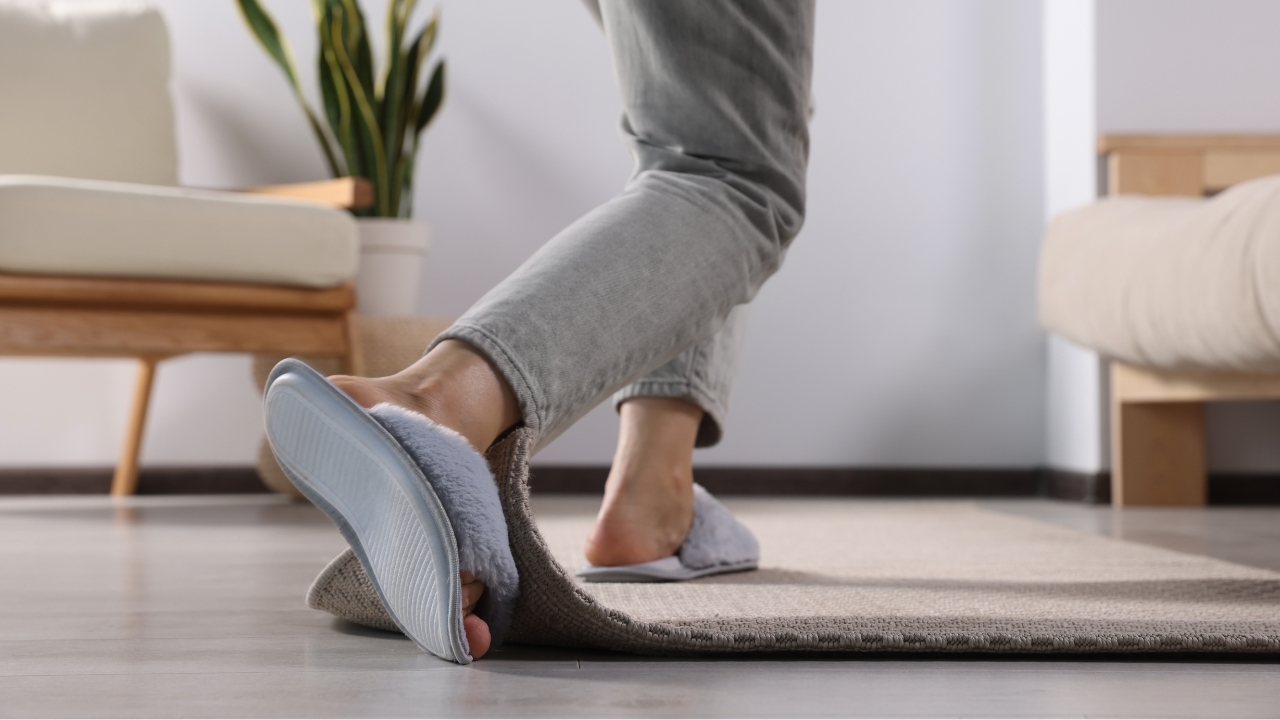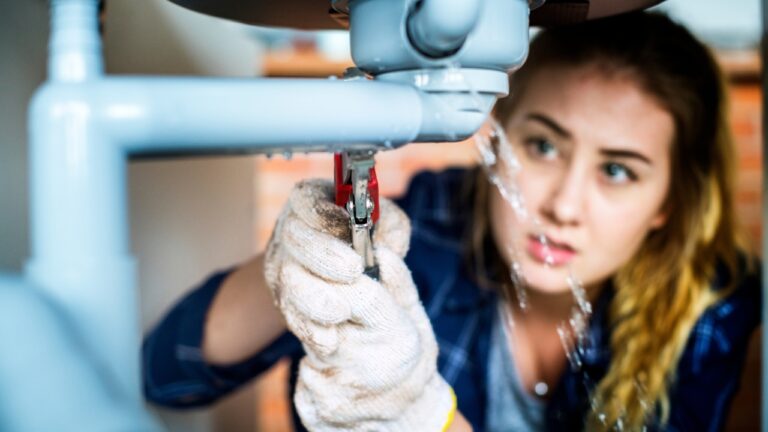10 things that make your house less safe without you even realizing it
There are plenty of obvious safety concerns in a house—faulty wiring, broken locks, gas leaks. But the truth is, the things that quietly make your home less safe are often the ones you don’t think twice about. They don’t scream “danger,” but over time, they leave you vulnerable to break-ins, accidents, and even health hazards.
If you want your house to truly be a safe place for your family, start looking at the everyday stuff you might be overlooking.
Untrimmed Shrubs Near Windows

Overgrown bushes might give you privacy, but they also give intruders the perfect hiding spot. If someone’s trying to break in, they’ll look for cover—and tall plants near windows offer that without raising suspicion.
Keeping your landscaping trimmed and low, especially around entry points, removes that shield and makes your house less appealing to anyone with bad intentions. It’s a small change that can seriously cut your risk.
Dead Smoke Detectors

Most people don’t check their smoke detectors unless they start chirping. But dead or missing batteries are way more common than you’d think—and they leave you without warning if a fire starts.
Test each smoke detector monthly, and replace batteries at least once a year. If they’re more than 10 years old, swap them out completely. A few beeps can be the difference between a close call and a tragedy.
Poor Exterior Lighting

A dark yard is an easy target. Without lighting, it’s hard for you to see what’s going on—and easy for someone else to approach without being noticed.
Install motion lights near doors, garages, and pathways. Even solar lights can help. The goal isn’t to light up your whole yard like a stadium—just make sure no one can sneak around unnoticed.
Cluttered Hallways and Staircases

Stacks of laundry, toys, or boxes in walkways don’t seem dangerous until someone trips in the dark. It’s one of the most common causes of household injuries—and it’s totally avoidable.
Keep hallways, stairs, and pathways clear, especially if you have kids or older family members in the house. It’s not about being tidy—it’s about staying safe.
Loose Rugs and Mats

That cute entryway rug can turn into a slide if it doesn’t have a grip pad. Loose rugs are one of the top reasons people slip and fall inside their homes.
If a rug bunches up or moves when you walk across it, it needs to be secured or replaced. Add non-slip backings or double-sided tape, especially in high-traffic areas.
Unlocked Sheds and Garages

You might not think much of your shed or detached garage, but if it holds tools, gas, or anything sharp, it needs to be locked up tight. Kids can wander in, and thieves know to check these first.
A padlock or keypad system isn’t overkill—it’s a practical way to keep both your family and your belongings safe.
Lack of Carbon Monoxide Detectors

Carbon monoxide is odorless and invisible, which is why it’s so dangerous. If you heat with gas, wood, or propane and don’t have a detector, you’re taking a big risk.
CO detectors are affordable, easy to install, and can alert you before symptoms start. Place one near sleeping areas and another near fuel-burning appliances. It’s a lifesaver—literally.
Posting Too Much Online

Sharing real-time updates about vacations or outings can let people know your house is empty. Even if your account is private, that information spreads easier than you think.
Save the pictures and updates until you’re back home. It’s a simple habit that protects your privacy and helps keep your house off the radar for potential break-ins.
Overloaded Outlets

Plugging in too many devices on one outlet or using cheap power strips is a common cause of electrical fires. It’s one of those quiet risks that builds up behind the walls.
If your breakers trip often or cords feel warm, that’s a red flag. Spread out your appliances and invest in quality surge protectors with shut-off features.
Broken or Flimsy Locks

If you’ve ever said “we’ve never had a problem before,” it’s time to upgrade your locks. Older hardware or cheap deadbolts are easy to force open, and weak door frames don’t help.
Reinforce entry doors with solid hardware and strike plates. A better lock might not seem urgent—until someone tests it. Don’t give them an easy win.
*This article was developed with AI-powered tools and has been carefully reviewed by our editors.







